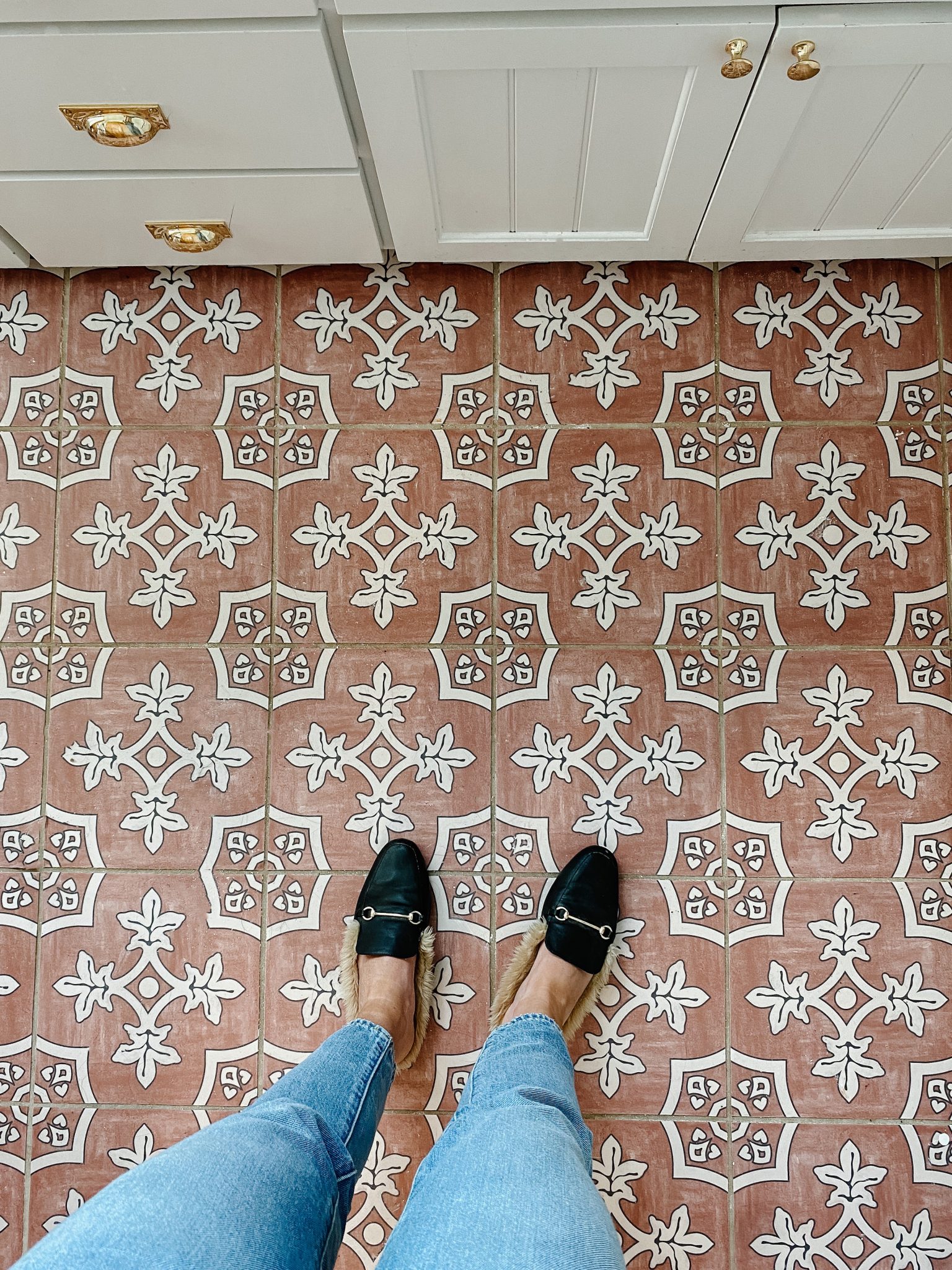

Not to mention - a good demo day can be quite cathartic! Mask up and grab your mallet and get to smashing!Ĭheck out our top tips for DIY Tile Installation When can you install tile on top of tile?

Īny one of these concerns can be enough to wreck your brand new tiling job - resulting in a lot more work and money paid out than if you ripped out the old tile in the first place. The more wiggle room (literally) in your installation, the more likelihood that you risk your beautiful new tiles becoming damaged, cracked, or trapping moisture. You want to make sure there’s no debris, dust, cracks, gaps, or large pores that can allow room for moisture to seep in or for tiles to settle or shift after installation. Tile experts recommend you tile on surfaces that are as pristine as possible. Any gaps or pores can cause issues after tile is installed.

Floor tiles need enough clearance between the surface of the tile and door openings, appliances, and furniture - tiling over tile doubles the thickness of the flooring and may cause fittings to jam or doors to stick.Ĥ. That weight will be doubled if you tile over tile, and may be heavy enough to cause damage to your wall. Keep in mind that wall tiles need to be thin and light enough to adhere to your plaster or drywall. You’re adding extra height and weight with double the tiles. You want a firm grip on the back of your tiles to make sure there’s no lifting or breakage once they’re installed.ģ. These tiles have special backings that will provide a firm grip on the bottom, but that doesn’t mean they’re going to make a good surface to tile over. Many thinsets and tile mortars are intended to bond with a backerboard or substrate and the bottom of a tile - they may not properly bond with the surface of a glazed ceramic tile or polished glass tile. You’ll risk having tiles lift up after installation is complete, or even having water leak between the layers and cause rot and damageĢ.

If the surface is uneven, say from a zellige-style tile or where grout lines create a dip, the adhesive won’t be able to properly bond with the bottom of the new tile. To make sure the adhesive has properly covered the bottom of your tile, you want to make sure the wall or substrate where they are being laid is as level as possible. The bond between your adhesive and your tile is one of the most important factors in ensuring that your tiling job will last for years to come. Already laid tiles don’t provide the best surface for new tiles to grip. Here are the top reasons that you should avoid tiling over tile:ġ. This pearl and white marble herringbone tile is way too pretty to risk with an improper install! We know - that’s probably not the answer that you wanted to hear! However, that extra demo time at the beginning of your project can save you a lot of time, effort, energy - and MONEY - in the long run. While you technically can install new tile over old tile in some circumstances, it’s really a practice that should be avoided. Someone already laid all of that tile, do I really need to rip it out and start over? Whenever someone is tackling a renovation project or a remodel, this tends to be the first question that they ask. Why Shouldn’t you Install Tile Over Tile? This Pearl Chic White Marble & Mother of Pearl Waterjet mosaic tile will give you all the inspiration you need for your next tile renovation. However, there may be times when you can install new tile over existing tile - so let’s take a look at which option is going to give your gorgeous new tiles the best long life! This will ensure the longest life for your tiles, both aesthetically and practically. The majority of the time, you’ll want to start with a fresh installation. The short answer: while there are times that you can, you probably shouldn't. So you’re ready to install new tile, but you’re unsure of one thing: can you tile over tile?


 0 kommentar(er)
0 kommentar(er)
